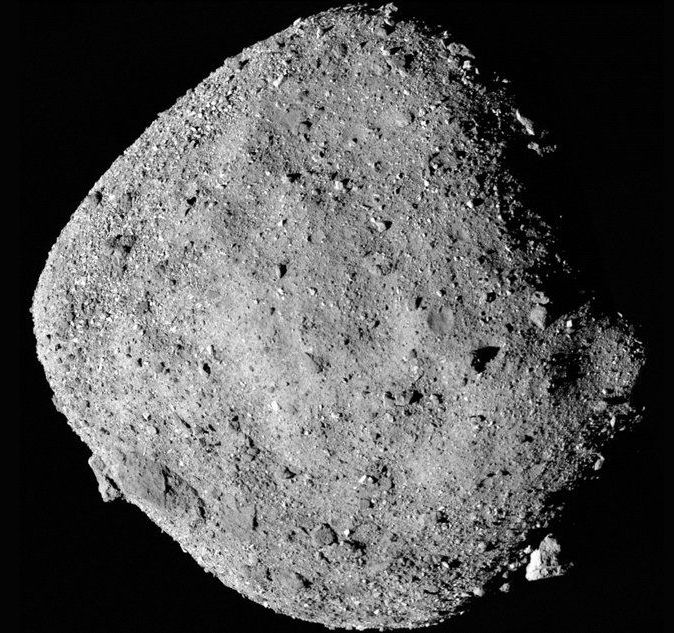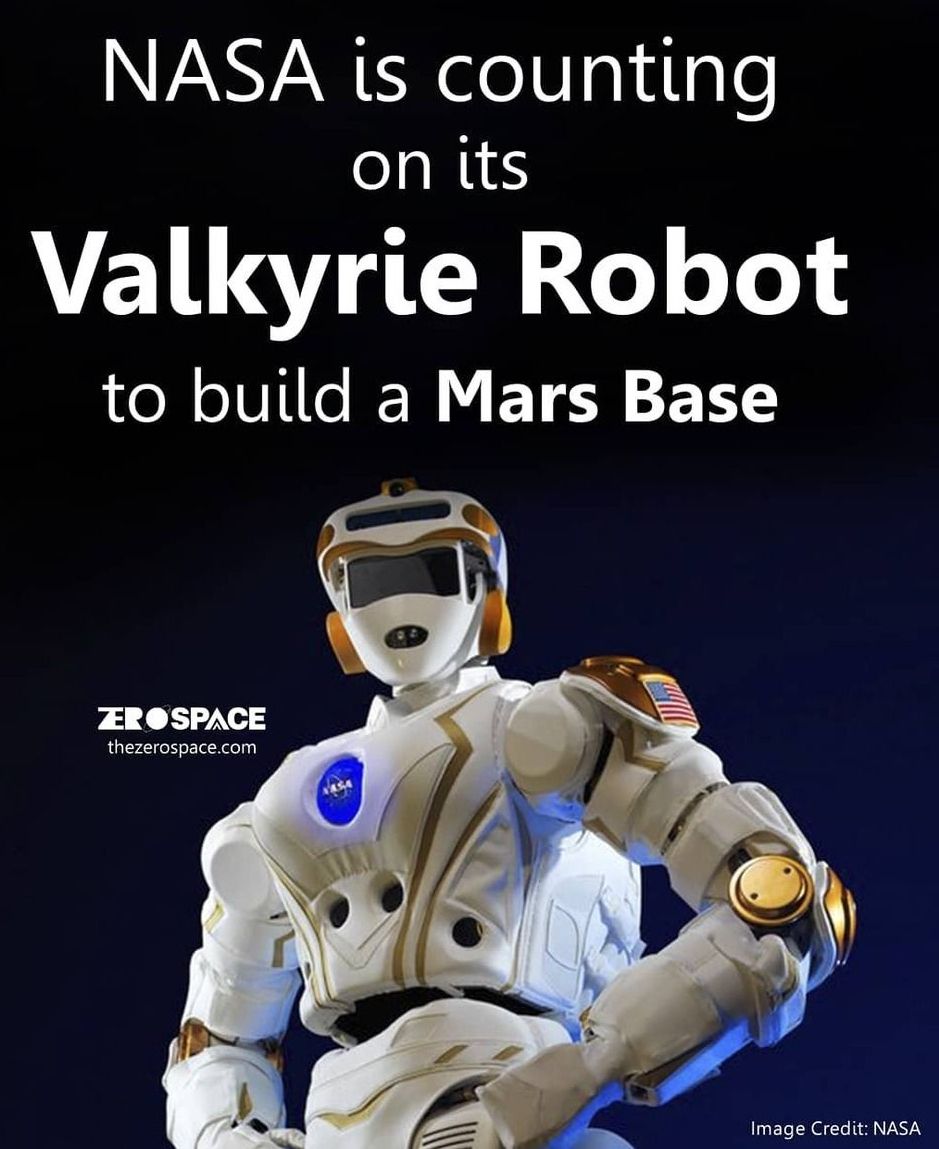
Category: space

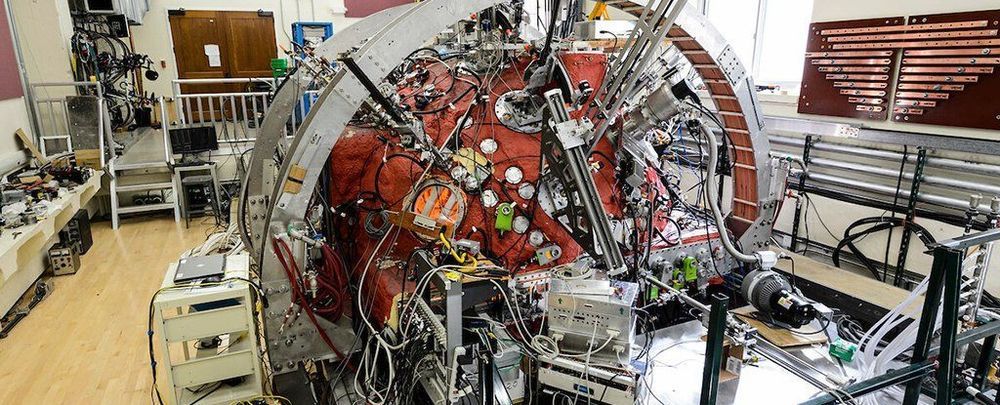
Physicists Just Recreated The Sun’s Strange, Spiraling Magnetic Field in The Lab
The spinning ball of plasma that is our Sun produces a spinning magnetic field too, and where that magnetic field weakens, solar winds can escape.
Now scientists have been able to recreate those same effects in a lab for the first time, meaning we can study the bizarre science around our star at close quarters, without a trip across the Solar System.
Knowing how this magnetic field and its associated plasma flows behave is crucial in improving our understanding of how and when solar storms might impact Earth, and potentially put our communications systems and infrastructure under severe strain.

ISS receives prototype bacteria-based space mining kit
Stand by to start space mining – not on an asteroid, but aboard the International Space Station (ISS). Delivered to the station by an unmanned Dragon cargo ship on July 27, an experimental mining kit developed by a team led by the University of Edinburgh will use bacteria to study how microorganisms can be used to extract minerals and metals from rocks on asteroids, moons, and planets.
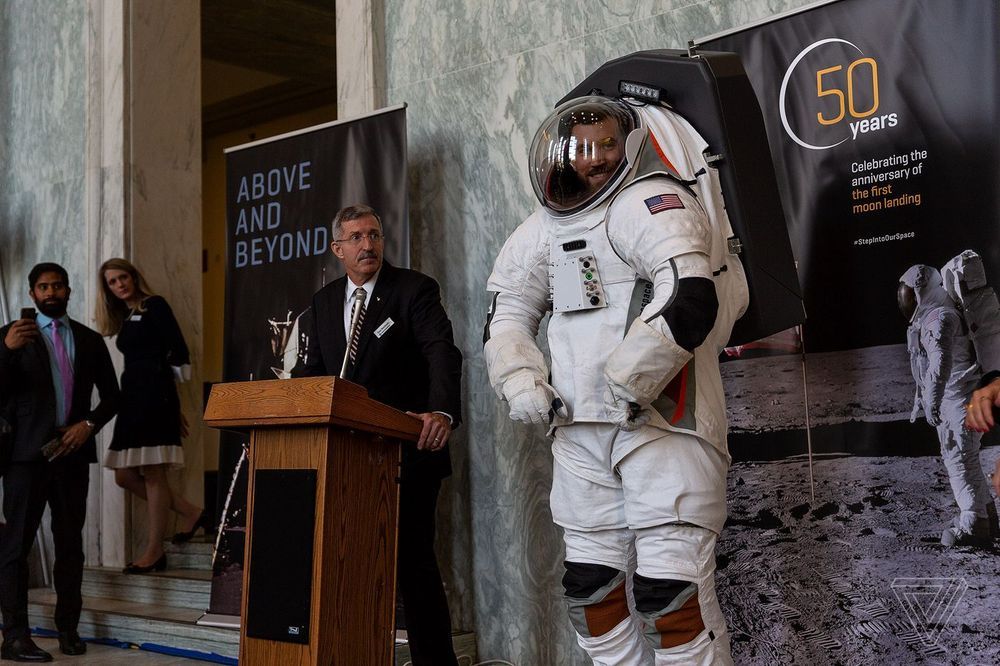
This company says it has a lunar space suit that will be ready for NASA’s 2024 Moon mission
NASA is hyper focused on sending humans to the lunar surface by 2024, and those astronauts are going to need space suits to pull off the job — suits that the space agency currently doesn’t have. Now one company, with decades of experience making space suits for NASA, says it has an ensemble that could be ready by the agency’s ambitious deadline.
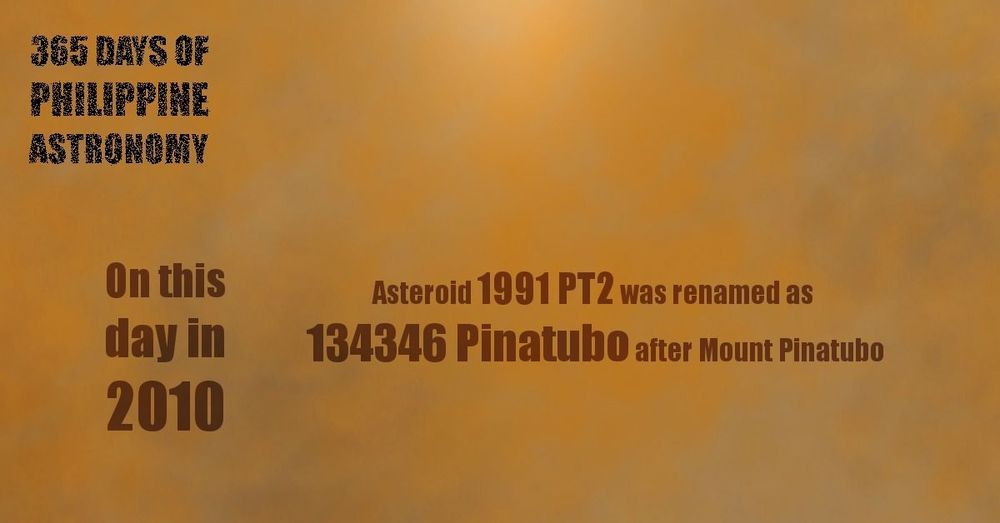

How your immortal consciousness will travel the universe
In about 100 years, theoretical physicist Michio Kaku believes we’ll explore the universe as pure consciousness — traveling at the speed of light, looking at asteroids, comets, meteors, and eventually the stars. “All of this within the laws of physics,” he says.
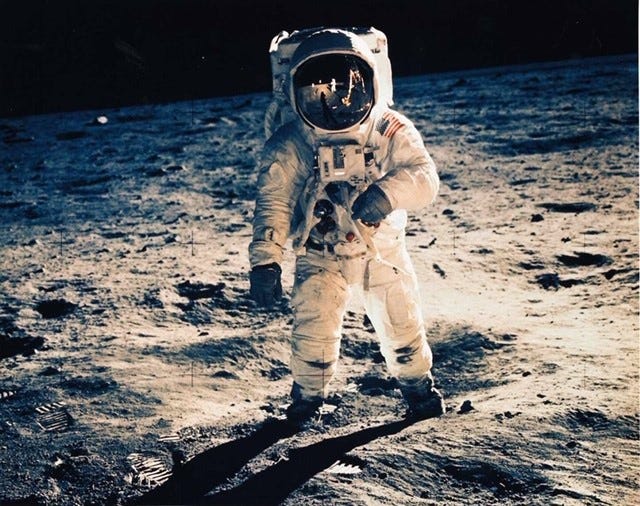
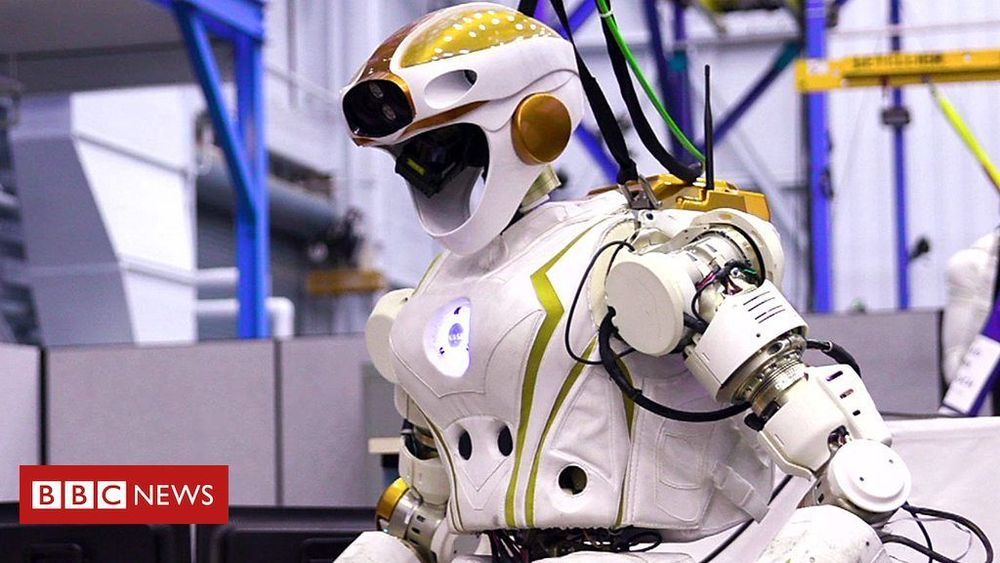
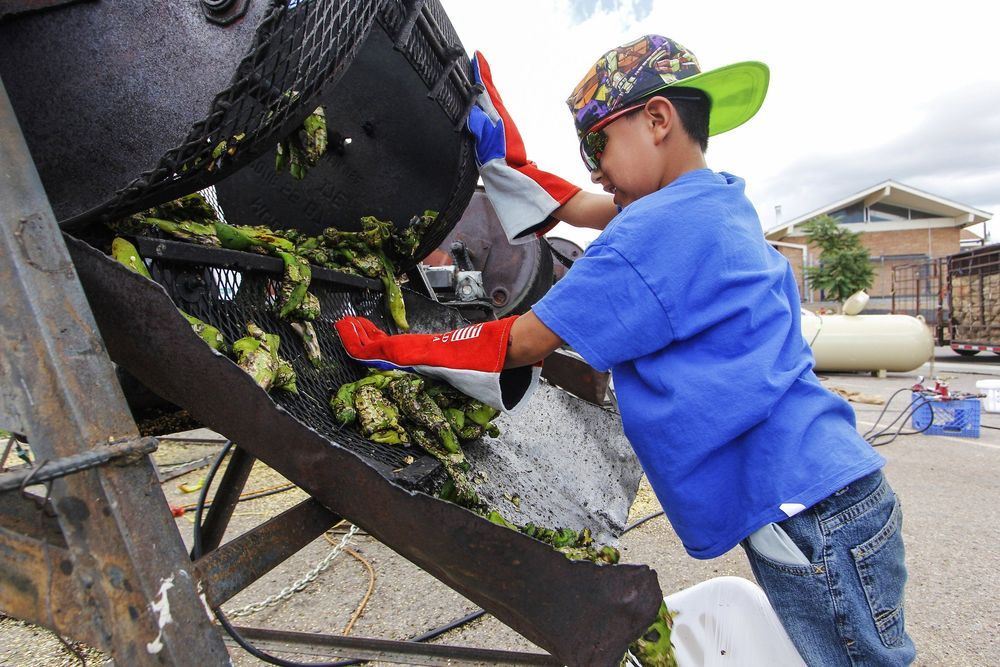
New Mexico chile plant selected to be grown in space
ESPAÑOLA, N.M. (AP) — It’ll be one giant leap for chile-kind.
A hybrid version of a New Mexico chile plant has been selected to be grown in space as part of a NASA experiment.
The chile, from Española, New Mexico, is tentatively scheduled to be launched to the International Space Station for testing in March 2020, the Albuquerque Journal reports.
